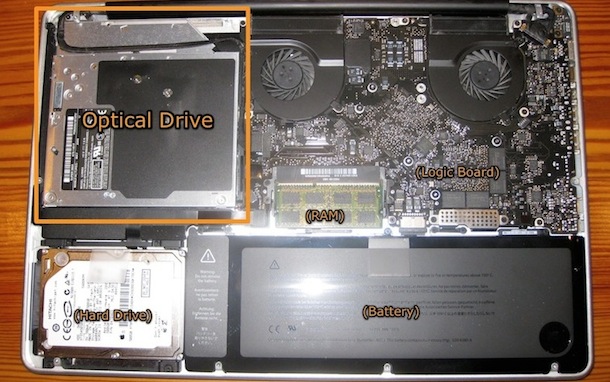


See, we told you it was easy! Enjoy a faster, smoother MacBook ProĪ new SSD drive for your Mac will make an instant impact.

Switch on your MacBook Pro, go to System Preferences > Startup Disk and make sure the SSD is selected.Replace the MacBook cover and screw in the ten tiny screws.Carefully attach the SATA ribbon to the SSD and lower it in place.Remove the four Torx screws attached to the hard drive and screw the posts into the SSD.Gently remove the hard drive and disconnect the SATA ribbon.Locate the hard drive and remove the plastic bracket securing it.Remove the cover and touch a metal part to release the static electricity.Put the screws in a small bowl so that you don’t lose any. Locate and remove the 10 screws using the Phillips screwdriver.When asked to restore files from another disk, choose the currently installed hard drive. Copy your files over from the installed hard drive to the SSD.
#2010 mac pro ssd mac os x#
#2010 mac pro ssd download#
You can download CleanMyMac X for free, here.Ĭloning the hard drive can be done with a tool such as SuperDuper! or Carbon Copy Cleaner, or with Apple’s own Disk Utility program. This will clear your system of any junk files so that they’re not transferred over unnecessarily.
#2010 mac pro ssd upgrade#
To perform a MacBook Pro SSD upgrade you’re first going to need to clone your existing hard drive so that the new one runs like clockwork when it’s installed.īefore you do this, you should use CleanMyMac X to perform a Smart Cleanup.

SSD aside, here’s what you’ll need to fit your new hard drive: Samsung, SanDisk, Crucial, KingSpec, and Transcend are standout brands. You’ll typically find that brand name SSDs rank the highest. See what the experts and other users say about SSD performance and reliability. The greater the capacity of an SSD, the more it will benefit Mac performance. The former is cheaper and capable of holding more information but the latter is more reliable.Ĭapacity - Get as much space as you can afford. Memory - MLC (multi-level cell) and SLC (single-level cell) are the two options available. Something in the range of 500MB/s and above is good, although actual speed will be about a third less than what’s advertised. The higher the speed, the better the performance. Read/write speed - SSDs are rated on their reading and writing speed. To reap the benefits of an SSD, you need a drive that’s up to the task. What to consider when choosing a MacBook Pro SSD Permission denied errors to files that were previously fine.Sluggish performance in resource-intensive apps such as Adobe Photoshop.If, however, you’re noticing any of the following issues, an SSD upgrade will most certainly help: That might be the only fix you need (this way junk that is clogging up your system, such as old files, images, apps, duplicates and iPhone backups will be cleared away). If your system feels a bit sluggish, try running CleanMyMac X first to clean away any resource-hogging junk. If you only really use your Mac to browse the web and do some word processing, your current hard drive is probably fine. Do I really need to upgrade my Mac hard drive?įitting a solid state drive in your MacBook Pro is a quick and simple way to boost performance but an upgrade might not always be needed. It’s also surprisingly easy, even if you don’t know your way around the insides of a Mac. Swapping out your old hard drive for a modern SSD is surprisingly affordable and results in 5X better performance: a reputable 500GB MacBook SSD can be had for around $150, while 1TB options are available for around $300 - both considerably cheaper than a new MacBook. But to help you do it all by yourself, we’ve gathered our best ideas and solutions below.įeatures described in this article refer to the MacPaw site version of CleanMyMac X. So here's a tip for you: Download CleanMyMac to quickly solve some of the issues mentioned in this article.


 0 kommentar(er)
0 kommentar(er)
